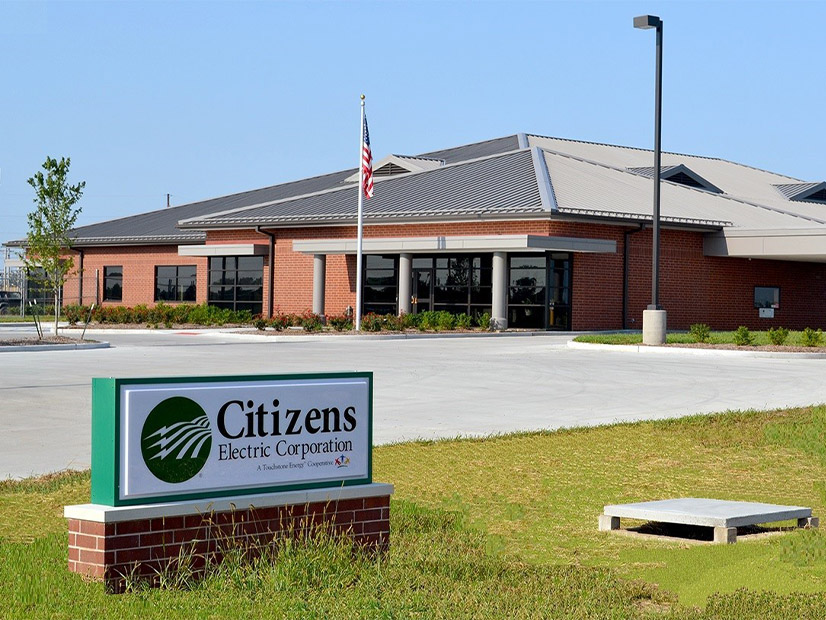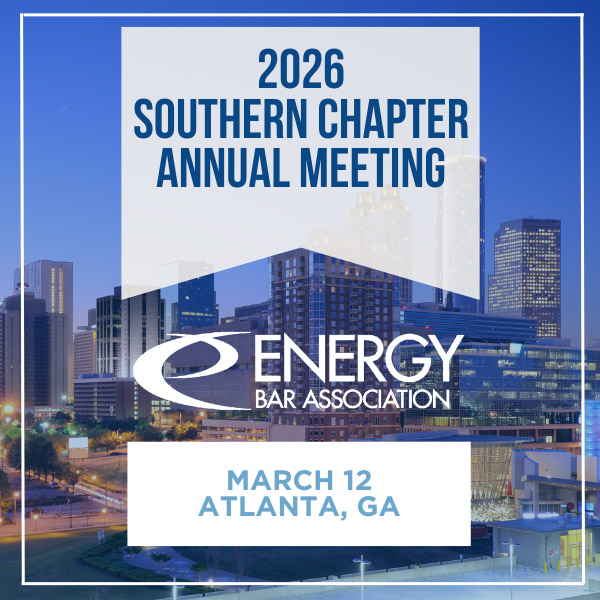FERC has ordered hearing and settlement proceedings over a Missouri electric distribution cooperative’s effort to split from the Wabash Valley Power Association and earn rates on its own as a transmission owner in MISO.
Citizens Electric Corp., currently a member of the Wabash Valley Power Association, is striking out on its own and has purchased two planned transmission assets from the association while still taking service as a third-party customer through mid-2028. Citizens hopes to exit Wabash by June.
But FERC in a Jan. 31 order said the rates Citizens proposed might not be just and reasonable, singling out a proposed depreciation rate and one of the lines for not being proven to be beneficial (ER25-324). While FERC gave the go-ahead for rates to become effective Feb. 1, it subjected them to refund.
Citizens is member-owned and borrows from the U.S. Department of Agriculture’s Rural Utilities Service. While not a public utility and exempted from FERC regulation, the cooperative agreed to a commission review of rate recovery. The MISO Board of Directors on Jan. 23 approved Citizens as a transmission owner.
Citizens bought a $117.5 million portion of the jointly planned, 138-kV Grand Tower Project line and substation rebuild, a baseline reliability project approved under MISO’s 2023 Transmission Expansion Plan (MTEP 23). It also purchased the Salem Bulk Project, a new 69-kV line approved as an “other” reliability project in MTEP 23.
FERC decided one of the transmission projects didn’t meet the threshold for rate incentives.
FERC said Citizens did not prove that Salem Bulk Project ensures reliability or reduces congestion costs because of its status as an “other” project under MTEP. In MISO, “other” reliability projects aren’t held to the same level of review as baseline reliability projects, which are built to meet NERC criteria. FERC said the project lacks “a fair and open regional transmission planning process that considers and evaluates projects for reliability or congestion.”
FERC also said it wasn’t convinced Citizens’ proposed 2.75% depreciation rate in the formula is fair. The Rural Utilities Service uses a 2.75% depreciation rate, and Citizens borrowed it, explaining it didn’t conduct its own depreciation study.
Citizens agreed ahead of FERC’s decision that its rate formula would be subject to refund with interest.
Otherwise, FERC granted Citizens’ request for the Construction Work in Progress (CWIP) Incentive and Abandoned Plant Incentive on the Grand Tower Project. FERC agreed the project presents a “cash flow risk” that the CWIP can alleviate while helping avoid rate shocks to Citizens’ transmission customers. Finally, the commission allowed Citizens’ proposed return on equity of 9.98% and the 50-basis-point adder for RTO participation.
Christie Faults ‘Check-the-box’ Tx Incentives
As he has with past orders on rate incentives, Chairman Mark Christie dissented in part from the order, blasting FERC’s incentives approval as a “check-the-box” exercise.
Christie took issue with approval of the CWIP and Abandoned Plant incentives, saying the commission eschewed a “fact-specific, careful evaluation of balancing the needs of consumers and the benefits to investors based on the nature of the transmission projects at issue.” He added that “every transmission developer seems to cite the same” financial and regulatory risks for projects.
Christie also said the RTO participation adder “increases the transmission owner’s ROE above the market cost of equity capital” and is “an involuntary gift from consumers.”
“There has been and continues to be something really wrong with this picture,” he said, calling again to limit the adder to the three years following initial RTO membership.
Christie also pointed out that FERC approved incentives for a transmission project that doesn’t yet have state approval for construction.
“No state CPCN [certificate of public convenience and necessity] proceeding has been conducted reviewing both need and prudence, yet the commission grants the incentive anyway,” he wrote. “Although the regional transmission planning process is only one rebuttable presumption … allowing qualification for incentive rate treatment, reliance on regional transmission planning in lieu of state approval to construct is one of the major problems with FERC’s policy. This practice is indefensible and always has been.”
He said MISO’s transmission planning is “not remotely the equivalent of a serious, litigated” CPCN.
Christie repeated concerns that the CWIP Incentive “effectively makes consumers the bank for transmission developers,” and the Abandoned Plant Incentive “effectively makes them the insurer of last resort” — all without the benefits of interest or premiums.
Christie said the case “graphically illustrates the fundamental unfairness of the commission’s practices regarding incentives” and demanded a revisit of FERC Order 679, which makes any transmission project designed to increase reliability or reduce congestion eligible for incentive ratemaking.




